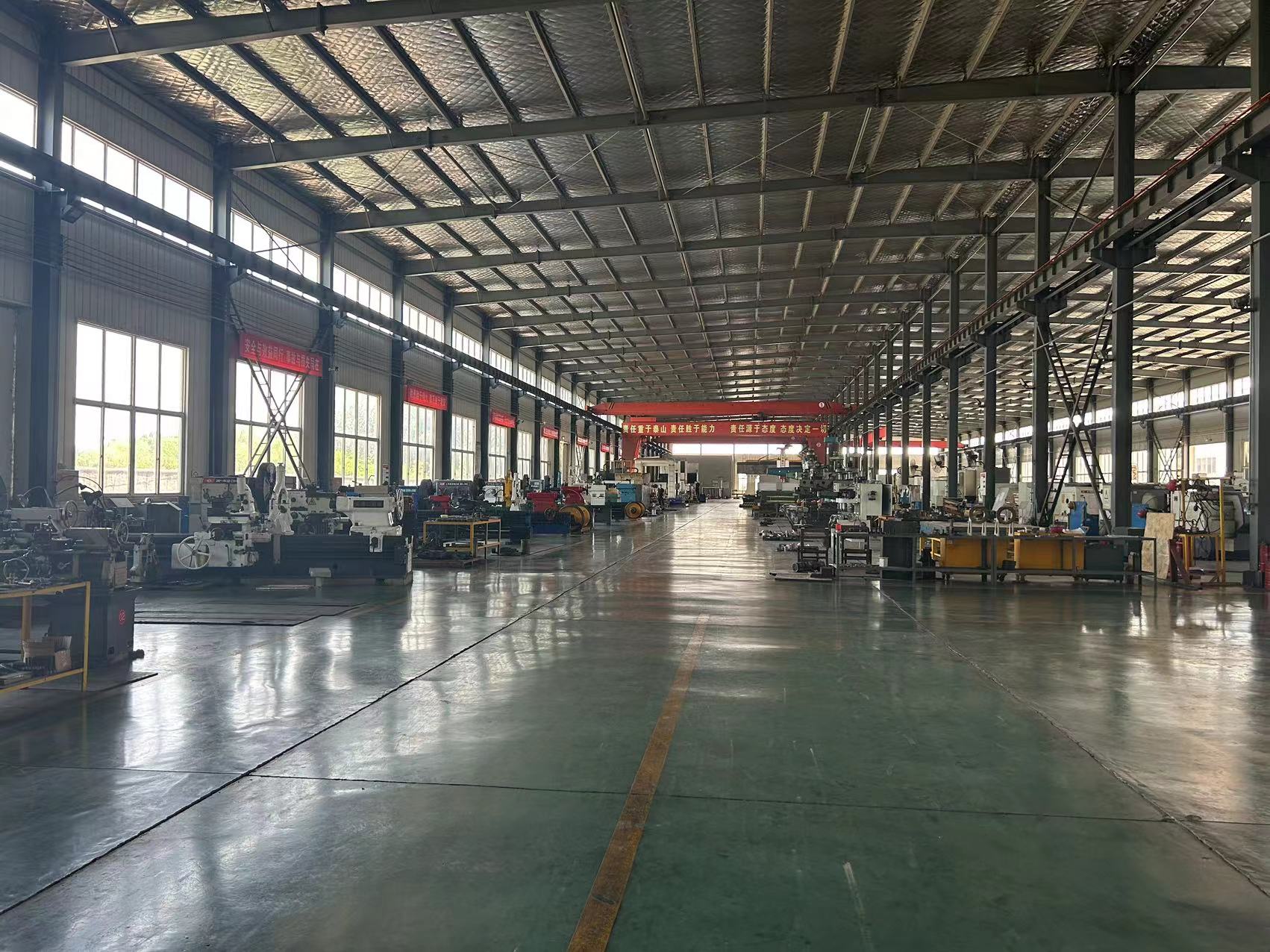What Is Surface Treatment? Surface treatment is a process of artificially forming a surface layer on the surface of the base material that is different from the mechanical, physical, and chemical properties of the base body.
The purpose of surface treatment is to meet the requirements of corrosion resistance, wear resistance, decoration or other special functions of the product. For metal castings, the more commonly used surface treatment methods are mechanical grinding, chemical treatment, surface heat treatment, spray coating, and surface treatment is to clean, clean, deburr, degrease, and descale the surface of the workpiece.
Our capabilities include polishing, grinding & buffing. Surface finishes for decorative or functional applications such as metal grinding, line grinding, brush finishing, buffing, color buffing, ID & OD finishing, mirror finishing, angel hair finishing, Scotchbrite finishing & sanitary finishing available.
Process Differentiation Of Surface Treatment
- Mechanical Surface Treatment: sand blasting, shot blasting, polishing, rolling, polishing, brushing, spraying, painting, oiling, etc.
- Chemical Surface Treatment: blue and black, phosphating, pickling, electroless plating of various metals and alloys, TD treatment, QPQ treatment, chemical oxidation, etc.
- Electrochemical Surface Treatment: anodizing, electrochemical polishing, electroplating, etc.
- Modern Surface Treatment: chemical vapor deposition CVD, physical vapor deposition PVD, ion implantation, ion plating, laser surface treatment, etc.
- Pickling Passivation: refers to the process of immersing metal parts in the pickling passivation solution until the surface of the workpiece becomes uniform and silver-white, which is not only simple to operate, but also low in cost. recycle.
6.Electrolytic Polishing Treatment: Technology refers to electrolytic polishing, also known as electrochemical polishing, which refers to a process in which a workpiece is placed in a solution that is energized to improve the flatness of the surface of the metal workpiece and make it shiny. Almost all metals can be electrolytic polished, such as stainless steel, carbon steel, titanium, aluminum alloy, copper alloy, nickel alloy, etc., but stainless steel is the most widely used. Through the co-action of positive and negative currents and electrolytic polishing solution, the micro-geometry of the metal surface is improved, and the roughness of the metal surface is reduced. So as to achieve the purpose of bright and smooth workpiece surface.




